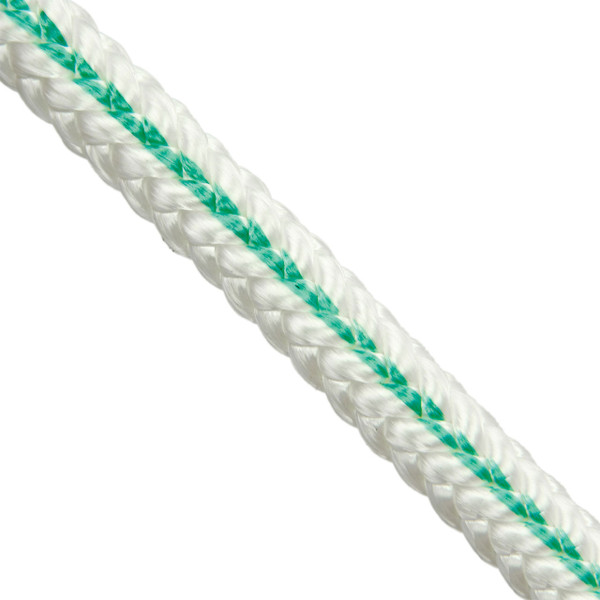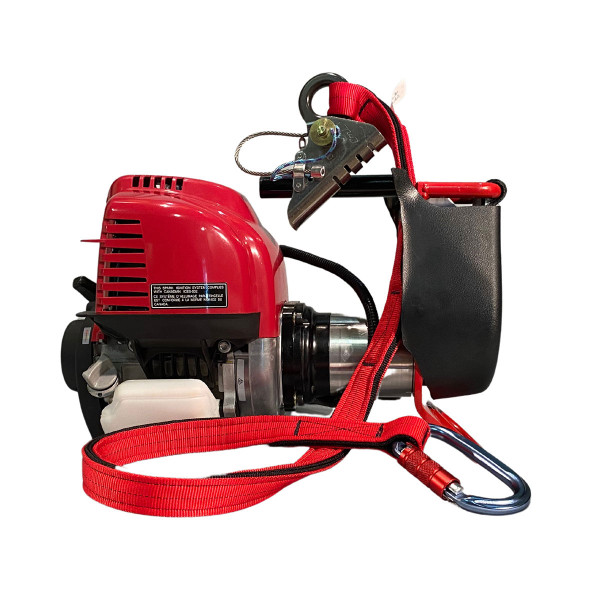FireFighterZero
Captain Zero!
I visit with a guy from Texas that prefers to hunt hogs that way.
It disappeared! \o/ That was easy. Glad someone can get use out of a huge piece of plastic. Deferral of a piece of shit being released to the world.and put my plastic sand turtle out by the road with a [free] sign. I'm hoping it disappears.

wouldnt believe how often im told I dont have a big enough bend radius negative rigging on a single ring, but the knots holding everything with a 1:1 radius is somehow ok?if I am close enough to the edge that the bend in the rope is at risk of causing rope failure then I'm stepping up to a larger rope.
wouldnt believe how often im told I dont have a big enough bend radius negative rigging on a single ring, but the knots holding everything with a 1:1 radius is somehow ok?
food for thought
I think depending on the fiber 4:1 is recomended, rings are like a 3:1 depending on brand and size, ive heard up to 8:1 for rope to maintain its strengthInteresting observation. Knots in climbing ropes, as a rule, will reduce strength by roughly 50%. For Dyneema, it goes as high as 70%. I wonder how much strength is lost using a ring how you describe. I would think it would be less, but maybe not.
Arborist Climbing Ropes are required to have a minimum breaking strength of 5,400 lb (24 kN) when new, and should be no smaller than 1/2” (12.7mm) unless the employee has been trained in the use of smaller line (down to 7/16” / 11mm), and the line's working elongation should not exceed 7% at 540 lb load.


Arborist Climbing Ropes are required to have a minimum breaking strength of 5,400 lb (24 kN) when new, and should be no smaller than 1/2” (12.7mm) unless the employee has been trained in the use of smaller line (down to 7/16” / 11mm), and the line's working elongation should not exceed 7% at 540 lb load.
hmmIs that really the case? I assumed 24kn was specced to account for knots and wear. Straight 24kn is ridiculous for climbing.
edit:

Samson Arbor-Plex 12mm Rope
DetailsOne of the first lines ever designed specifically for arborists. Arbor-Plex is a 12-strand single braid rope with a polyester cover surrounding polyolefin fibers in the center, making it abrasion resistant as well as lightweight. It is a great choice for wet climates where mildew and rot...www.wesspur.com
bottom of page.
edit2:
BTW, the Wraptor's back up for sale...

Wraptor by Ropetek
The Wraptor is back! Available once more, this compact, gas-powered ascender is a winner. The RopeTek Wraptor is a motorized rope ascender which will put a climber to the tops of trees effortlessly. The ease at which an individual can ascend, will increase efficiency and longevity in the tree...www.wesspur.com
It may look overkill for tree climbing, but it's made to catch a fall too. The load rises very quickly even with a very small fall. The tree ropes are way less stretchy than those for the rock climbing, but they meet the same limit, as the body can't take more than 6kN without being severely damaged. No need for more in the expected conditions, still, the ropes have to go near this limit. Multiply it by a security factor and it comes in the ballpark of the norm's value. A knot and some wear lower drastically your security factor. Hopefully not too much. But if you make a rescue for example, that's straight twice the common load, so the margin becomes even thinner.I assumed 24kn was specced to account for knots and wear. Straight 24kn is ridiculous for climbing.
Nothing some heat, bending, and welding shouldnt be able to fix. Just more shat to do.Bummer. Easy fix?
Get in there and kill a wild boar with a knife, maybe a spear, then you good.
Looks like the hitch was added on after the fact. Is there a reason you can't just cut it off and use the original frame mounted hitch behind it? Or is it tucked up too far under the bed?Well! That did it. Came with the truck. Chipper on a nasty road. 8k wins!
Custy saw me on the side of the road and towed it to my staging point. Less than a mile. Gotta love nice folks.View attachment 129467
